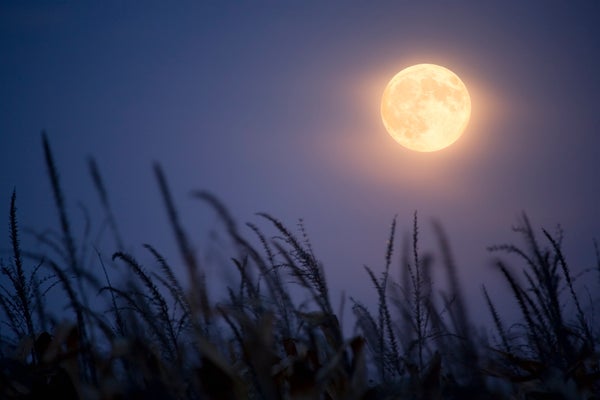Homo sapiens has an outsized influence on the behavior of other animals. We have long hunted them. More recently, we destroy habitats to build housing and coffee shops, and we build roads to drive from our houses to those coffee shops. But some of our influences are far more subtle.
"My collaborators and I had noticed a striking pattern in some of our own data from far-flung places like Tanzania, Canada, Nepal…where animals we were studying seemed to be more active at night when they were around people.
University of California, Berkeley, wildlife ecologist Kaitlyn Gaynor.
On supporting science journalism
If you're enjoying this article, consider supporting our award-winning journalism by subscribing. By purchasing a subscription you are helping to ensure the future of impactful stories about the discoveries and ideas shaping our world today.
To see if animals really were changing their activity schedules, Gaynor and her team rounded up 141 studies of 62 kinds of mammals from across six continents. And they found that mammals near people across the globe have settled on a new strategy for survival: they take to the night, when most of us are comfortably tucked into our beds counting sheep. The finding is in the journal Science. [Kaitlyn M. Gaynor, et al., The influence of human disturbance on wildlife nocturnality.]
For example, an animal that would ordinarily prefer to spend half of its active time during the daytime and half at night shifts to two thirds of its active time under darkness.
And our particular human behaviors do not seem to matter:
"Something that surprised me in the study was just how consistent the shift towards nocturnality was across types of human disturbance. We expected to see animals being a little bit more discerning, and perhaps responding more strongly to activities like hunting, that actually do a pose a risk to the animal. But what we found is whether it is infrastructure development, or hunting, or just hiking through wilderness areas, all of these human activities elicit a response in wildlife, suggesting that they're playing it safe around us."
In a way, this reaction is a good thing. The night shift allows animals to more safely coexist with us in shared spaces. But what’s not yet clear is any long-term physiological changes animals may go through from adjusting their daily schedules because many can't simply run away from us. Nor is it obvious what impacts these changes might have on broader ecological communities, and on the food web.
"Even if we think we're leaving no trace in the outdoors, our presence can have pretty lasting consequences."
—Jason G. Goldman
[The above text is a transcript of this podcast.]

